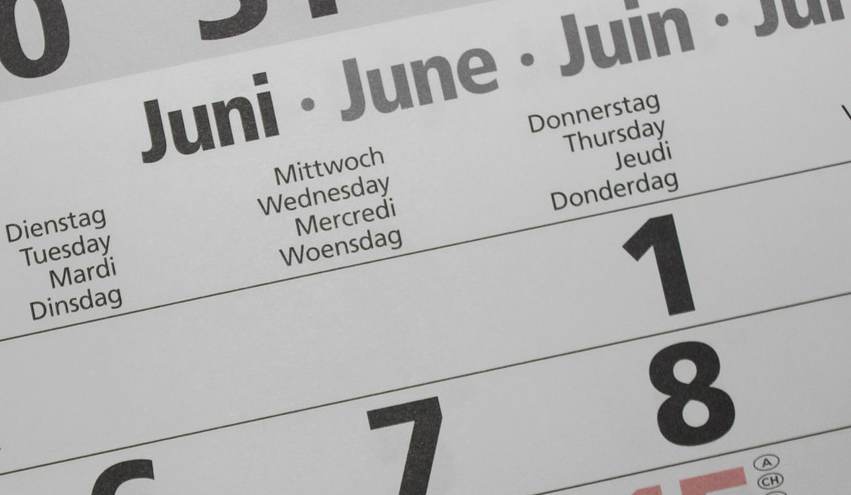As the mid-year reinsurance renewals fast approach, insurance-linked securities (ILS) capital is once again cited in relation to a moderation of rate expectations, but this year investors are also seen to be more disciplined, analysts at Keefe, Bruyette & Woods have explained.
 Having said that renewals of property catastrophe reinsurance programs in Florida are expected to see their pricing come in below where expectations had been established last year, KBW’s analyst team have continued their discussions with Bermuda and Florida market insurance and reinsurance executives.
Having said that renewals of property catastrophe reinsurance programs in Florida are expected to see their pricing come in below where expectations had been established last year, KBW’s analyst team have continued their discussions with Bermuda and Florida market insurance and reinsurance executives.
KBW said that the market is anticipating mid-to-upper single digit rate increases for Florida reinsurance programs, which falls below where most had been hoping the market would clear.
In a second update related to the renewals, the analysts explained that mid-single digits continued to be where reinsurance executives pointed to, for where the market would largely clear, but for a number of reasons.
Firstly, the fact COVID related fear and uncertainty is now much lower, with the market feeling more secure in where losses may manifest going forwards.
Secondly, ILS capacity is seen as abundant once again, which unsurprisingly is being cited as a moderating factor for the 2021 renewals.
Thirdly, because Florida programs already feature greater profitability after last year’s renewal rate increases, meaning any increase in 2021 is compounding on top of those.
In fact, one executive KBW’s analyst team spoke with said that Florida property reinsurance rate increases would slow even more in 2022, as the effects of recent legislation take effect.
Although other executives were more confident further increases would be achieved, because of COVID, cyber, climate change and casualty reserve issues and the effects of these four C’s across the reinsurance market.
On the quota-share side of the reinsurance market, the analysts said that conversations are focused on ceding commissions, as primary insurance policies largely already include tighter policy terms and condition.
2021 is beginning to feel a little like 2010/11, because of the upwell of demand from investors for catastrophe bonds and how that has resulted in softening rates there, which have now spilled over into the industry-loss warranty (ILW) market as well.
As ILS capacity comes on-stream in greater volumes, it was always inevitable that some would begin to cite it as a moderating factor at the mid-year renewals.
However, we’re also hearing that more capital from some start-up traditional reinsurers, plus large incumbents, alongside generally slightly lower demand, should also be taken into consideration.
In fact, if you look at where additional ILS capacity is being directed currently, it is largely into the catastrophe bond market and products that cover named perils, or are deemed to have greater predictability when it comes to loss activity and development.
So that isn’t really the traditional reinsurance space, or retrocession. Hence we feel any moderation is likely more a function of the traditional and collateralized market trying to keep their pricing keen at a time when cat bonds and ILW’s are looking increasingly cost-effective reinsurance and retro alternatives.
Positively, KBW’s analysts say that ILS investors continue to be seen to display greater discipline as these renewals approach.
“As severe weather losses become more common, ILS investors are being more disciplined overall, and more precise in their risk selection processes,” KBW’s analyst team wrote.
Adding that, “Many investors are focused on structuring products in strategic partnership (rather than in competition) with traditional reinsurers, driving a more efficient matching of capital and risk – amidst more formalized interaction processes – that probably underpins some reinsurers’ belief in their current portfolio’s “best-ever” return characteristics.”
Of course, it’s important to add that strategic partnerships are not always the most efficient when it comes to matching risk and capital, given there are more mouths to feed in the transaction pipeline.
In fact, were it not for the still very high issuance costs, the syndicated nature and direct sale of catastrophe bonds to investors would be far more efficient, while ILS funds with their own underwriting teams and infrastructure can also be more efficient given their lower-cost of capital.
All of which goes some way to explaining why when the ILS market begins to expand again, it is no surprise there is an influence on rate momentum.
As ever, the most important thing is not the magnitude of reinsurance renewal rate increases, but that their trajectory is in the right direction and that pricing is adequate for underwriters to cover their loss costs, expenses and a margin.
One persons adequate pricing though, is not always adequate for another, given the range of business and capital models in the market.
Which means the market needs to continue to strive to take basis points out of the costs of transacting in reinsurance, to really make the matching of risk and capital more efficient.
 View all of our Artemis Live video interviews and subscribe to our podcast.
View all of our Artemis Live video interviews and subscribe to our podcast.
All of our Artemis Live insurance-linked securities (ILS), catastrophe bonds and reinsurance video content and video interviews can be accessed online.
Our Artemis Live podcast can be subscribed to using the typical podcast services providers, including Apple, Google, Spotify and more.































